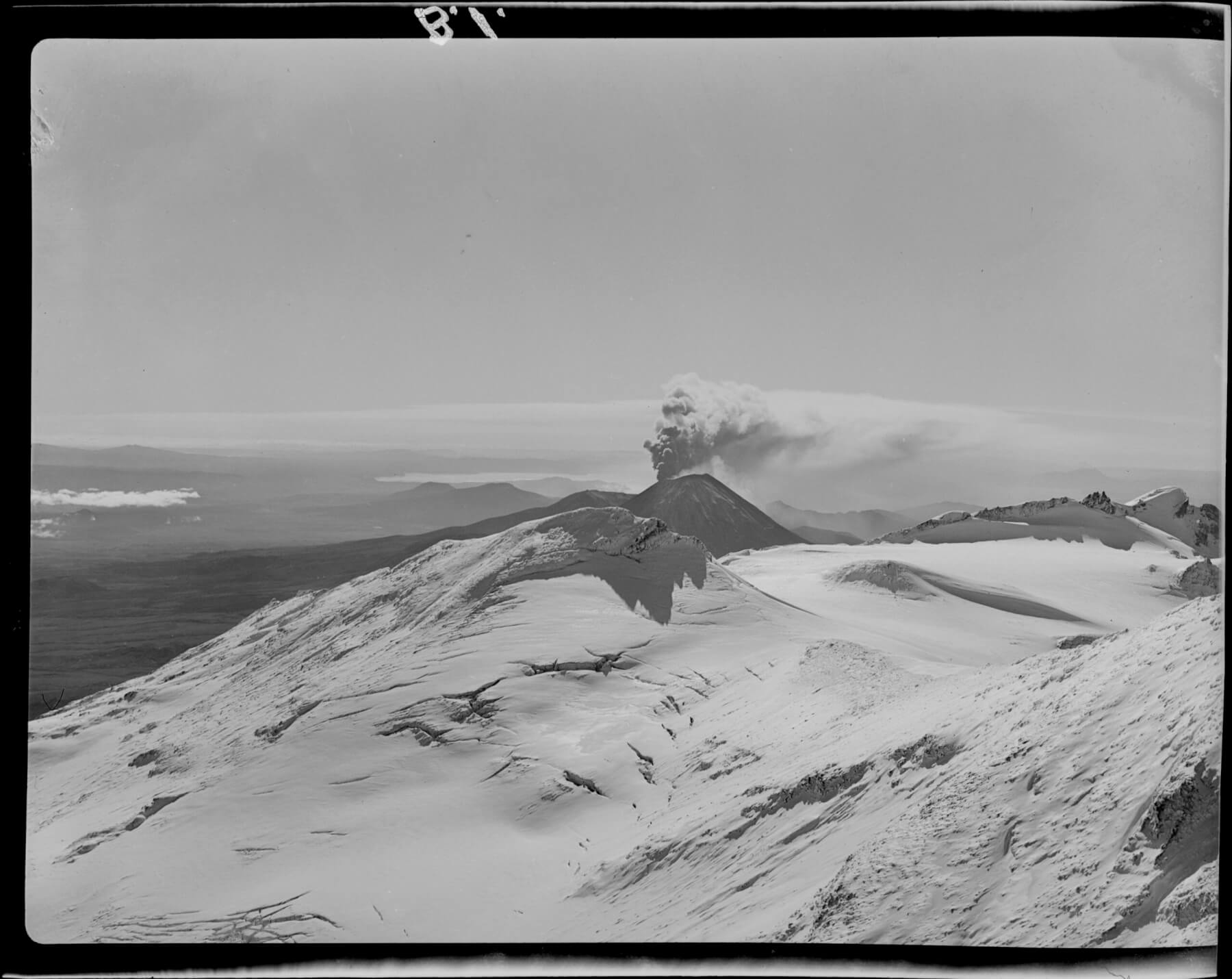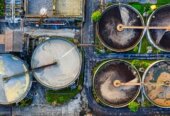Standing in South Crater, Ngauruhoe towers above you to the south and all around are thick, old lava flows.
Along the Tongariro Alpine Crossing the path takes you up some of these lavas towards Red Crater, another young vent of the volcanic complex. The name ‘South Crater’ is a little deceiving, it’s not actually a crater at all. This large, beautiful area was carved out by glaciers long ago, as was the Mangatepopo Valley that leads you to this spot. Tongariro used to be larger, but ice slowly carved away sections of the volcano, exposing older volcanic deposits and even resulting in different types of eruptions because of the addition of water.

Janine Krippner
When you look up at the solid lava flows frozen in place, a question that comes to my mind is ‘where did they come from?’ Something is missing, if you follow them up slope they just reach towards the sky. This is a clue. Another clue is the presence of ‘hyaloclastite’ deposits made up of a chaotic mix of fine, glassy, pulverized ash, and larger chunks of rock. These form when lava mixes with water, usually submarine or subglacial (below water or ice). Another clue. The shape of the area itself shows the history of dense ice, slowly flowing and carving away at the mountain as it goes. Further down on either side of the Mangatepopo Valley are lateral glacial moraine ridges, long piles of ground up rock that are pushed aside by the ice. The clues all begin to add up to tell a story of intense heat and freezing cold.
Between the glaciers lava built up along ridges. These often have beautiful columnar jointing caused by the lava contracting and fracturing into tall columns as it cools. The ice not only changed the shape of the mountain by moving or removing material, it changed the way the eruption products built the volcano. The glaciers may move much slower than eruption processes, but they are incredible modifiers of the landscape and an important part of their history. To know what the past eruptions did it’s important to understand which parts of the mountain were modified by these frozen rivers. This is yet another way that different specialties of science go hand in hand to grasp these dynamic landscapes.
At the top of the Mangatepopo Valley the recent lava flows and pyroclastic flows have begun the slow process of partly filling in the valley with newer rock. The seasons of glacial periods or ice ages, and interglacial periods are a balancing act of wearing the volcanoes down and building them back up. Volcanoes are a great place to study these past variations in climate. Enormous ice sheets on top of volcanoes melting even appear to increase volcanic activity as the pressure is reduced on the underlying magma systems. These processes are much larger, much older, and occur over much longer time scales than we do. We are fortunate enough to have these giants pretty much in our backyards for some perspective and fresh, mountain air.

Mount Ngauruhoe erupting, Tongariro National Park. Whites Aviation Ltd: Photographs. Ref: WA-34042-F. Alexander Turnbull Library, Wellington, New Zealand.









